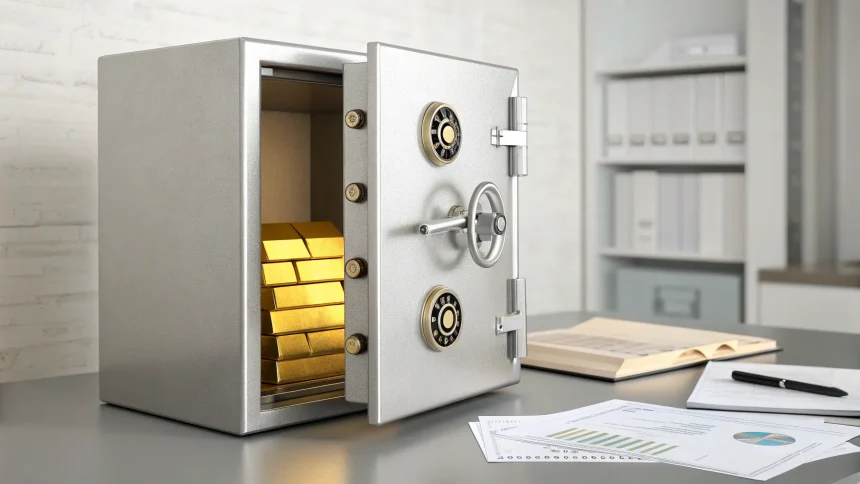Investors looking to shield their retirement savings from inflation are increasingly turning to gold Individual Retirement Accounts (IRAs) as a potential solution. These specialized investment vehicles allow individuals to hold physical gold and other precious metals in tax-advantaged retirement accounts, providing a hedge against currency devaluation and economic uncertainty.
Gold has historically maintained its value during periods of high inflation, making it an attractive option for those worried about the purchasing power of their retirement funds. Unlike paper assets such as stocks and bonds, physical gold cannot be printed or created out of thin air, giving it intrinsic value that many investors find reassuring during economic downturns.
How Gold IRAs Work
A gold IRA functions similarly to a traditional IRA but holds physical precious metals instead of paper assets. Investors can fund these accounts through rollovers from existing retirement accounts or through annual contributions, subject to IRS limits.
The metals in a gold IRA must meet specific purity requirements set by the IRS and are stored in approved depositories rather than in an investor’s home. This ensures security and compliance with tax regulations while maintaining the tax advantages of an IRA structure.
Financial advisors note that the process of establishing a gold IRA typically involves working with a specialized custodian who handles the purchase, storage, and management of the physical metals.
Inflation Protection Strategy
The primary appeal of gold IRAs lies in their potential to serve as an inflation hedge. When inflation rises, the value of currency decreases, but gold often moves in the opposite direction, preserving purchasing power.
During the high inflation period of the 1970s, gold prices rose dramatically, outpacing inflation and providing significant returns for investors. More recently, gold saw substantial gains during the economic uncertainty following the 2008 financial crisis and again during the COVID-19 pandemic.
Market analysts point out that gold’s performance during inflationary periods is not guaranteed, but its long-term track record has made it a staple in diversification strategies for retirement portfolios.
Considerations for Investors
While gold IRAs offer potential benefits, they also come with unique considerations:
- Higher fees compared to traditional IRAs, including storage and insurance costs
- No income generation through dividends or interest
- Potential for price volatility in the short term
- Limited liquidity compared to some other investments
Financial planners generally recommend that precious metals make up only a portion of a well-diversified retirement portfolio, typically 5-15% depending on an investor’s age, risk tolerance, and financial goals.
“The key is balance,” explains one retirement planning specialist. “Gold can serve as insurance against inflation and currency devaluation, but it shouldn’t be the only asset in your retirement strategy.”
For those concerned about rising inflation, a gold IRA represents one option in a broader inflation-protection strategy that might also include Treasury Inflation-Protected Securities (TIPS), real estate investments, and stocks in sectors that historically perform well during inflationary periods.
As economic uncertainty persists and central banks continue expansionary monetary policies, more retirement investors are examining whether adding physical gold to their portfolios through a gold IRA might help protect their savings from the eroding effects of inflation.







